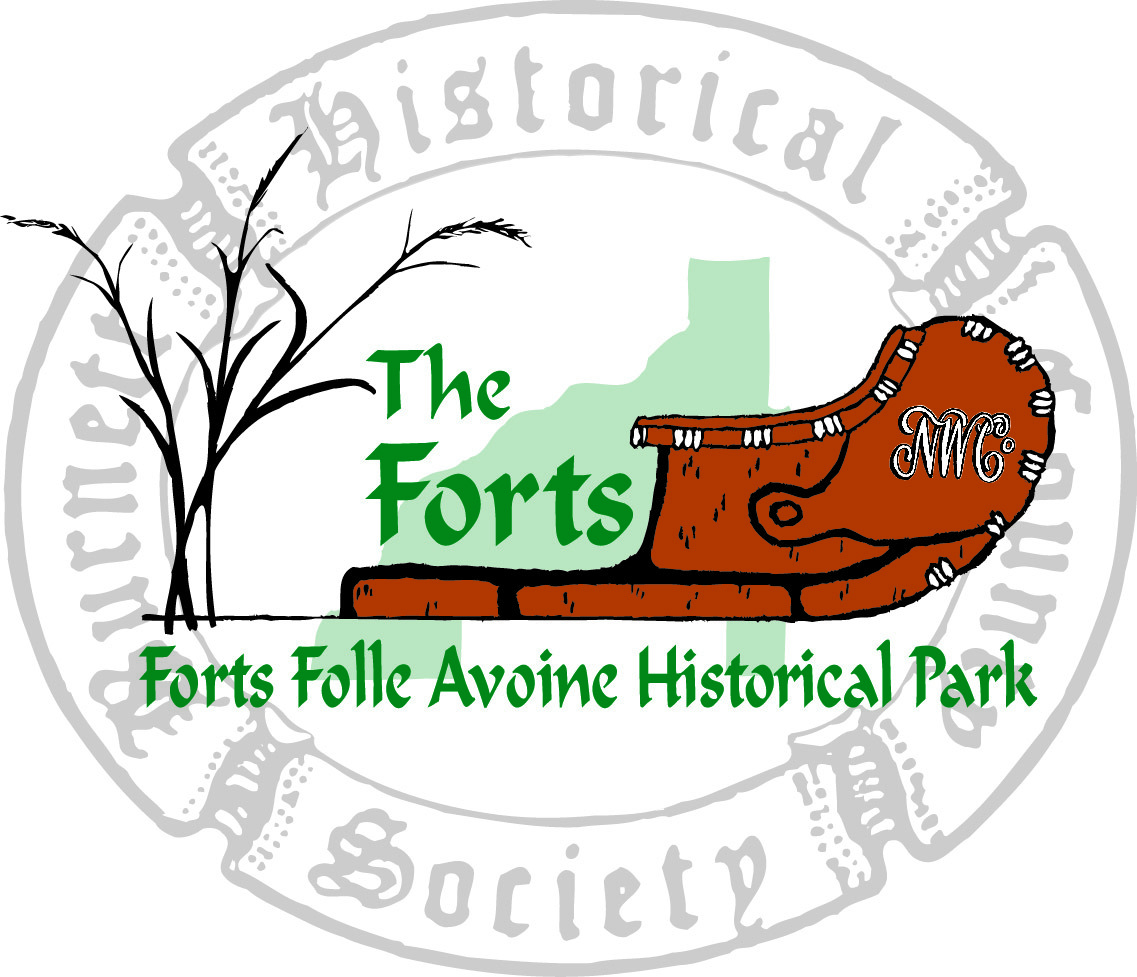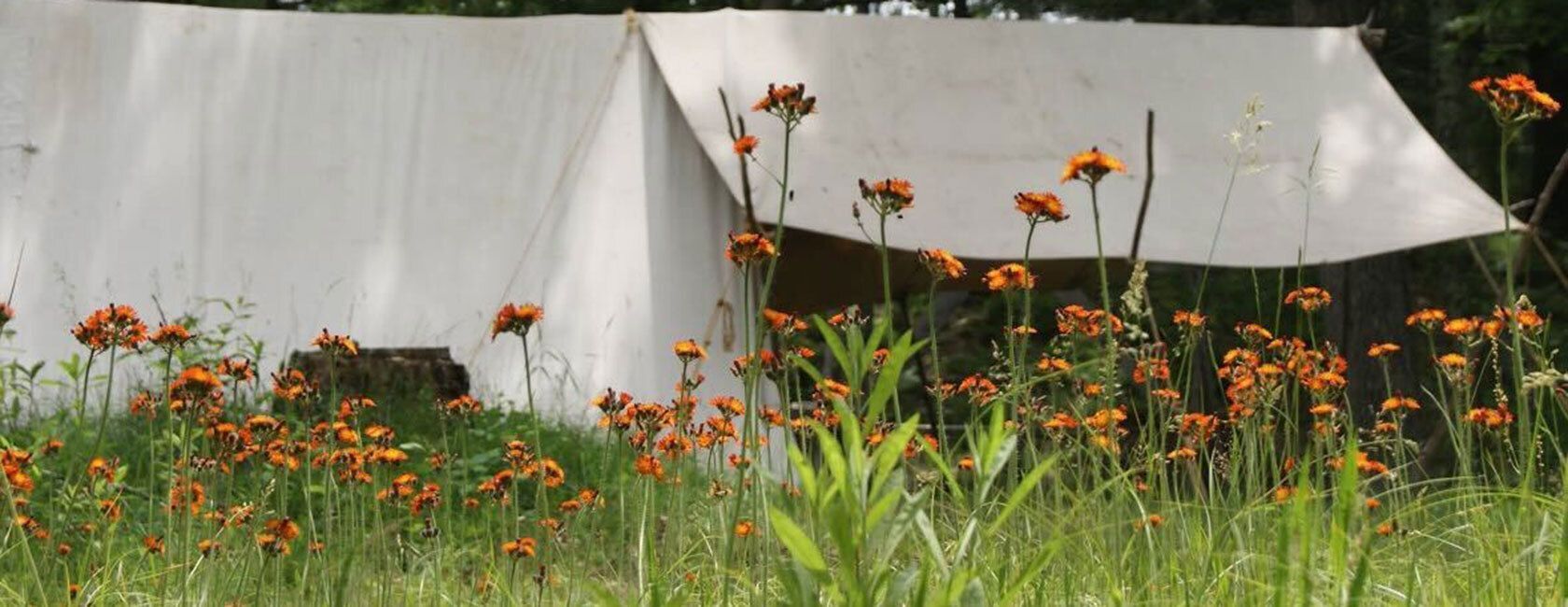The History of Forts Folle Avoine
This Forts Folle Avoine historical video was designed and created by Audrey K. Mulliner






Forts Folle Avoine Historical Park is located on 80 wooded acres along the Yellow River near Danbury, Wisconsin. Operated by the Burnett County Historical Society, this National Register of Historic Places site is a living history park featuring reconstructed fur trade posts on their original footprint, active from 1802 to 1805.
The site is significant and unique for several reasons:
- The exact locations of the original winter trading posts were identified and excavated.
- The posts remained undisturbed for over 200 years, providing archaeologists with a rare, pristine site.
- It is the only known case in North America where two competing fur trade companies built posts side by side.
- Contemporary journals from traders at the site provide detailed historical records.
From 1802 to 1805, the North West Company and XY Company operated posts just 95 feet apart along the Yellow River in an area known as “le pays du folle avoine” (land of wild oats/wild rice). Traders exchanged goods with the Ojibwe, primarily for beaver pelts highly valued in Europe. Each spring, furs were transported to Grand Portage on Lake Superior, then to Montreal and Europe. The posts were abandoned after the 1804–1805 winter season, and the structures eventually burned, leaving charred remains that preserved their locations.
For over 165 years, the site was lost to history, known only through the journals of Michel Curot and George Nelson. In the 1960s, Professor Harris Palmer and local residents Lafayette and Gene Connor, guided by the journals and local clues, rediscovered the site. With the land slated for development, it was acquired by the Wisconsin DNR and listed on the National Register of Historic Places.
Archaeological excavations in the 1970s and early 1980s uncovered thousands of artifacts, including trade beads, axes, gun parts, and clay pipes. In 1980, the Burnett County Historical Society assumed responsibility and, with state support, reconstructed the trading posts and stockade.
Forts Folle Avoine Historical Park opened to the public in 1989 and today offers visitors a unique glimpse into the fur trade era and Ojibwe relationships.

